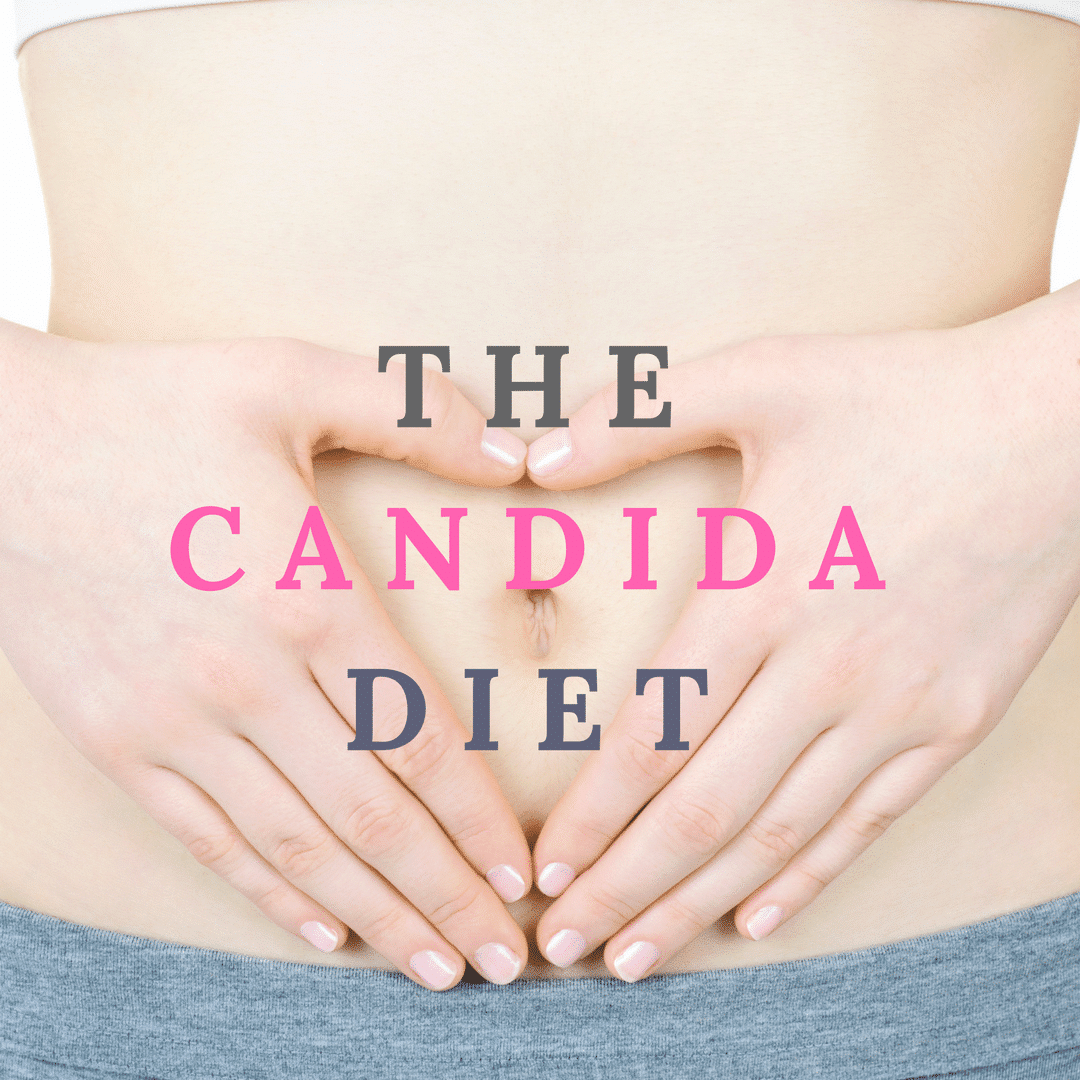Candida Overgrowth & The Candida Diet
- Dietary Advice (non Low FODMAP)
Candida is a type of yeast or fungus which likes to grow in warm, moist conditions.
Candida grows all over our body and is a normal part of the digestive system (1). However, it becomes a problem when it starts to grow in an unusually large volume.
What Are The Symptoms of Candida Overgrowth?
Most candida overgrowth actually causes no symptoms. But, it can be more serious when the overgrowth starts to cause increased permeability in the gut wall (1). This means that bacteria and viruses can pass into our body more easily as the gut wall becomes more ‘leaky.’
The symptoms of a candida overgrowth (2);
- Abdominal pain
- Gas
- Bloating
- Flatulence
- Diarrhoea
There are ‘alternative’ claims that having a candida overgrowth in your digestive system can cause fatigue, headaches and a poor memory (3). However, these are not recognised symptoms.
What Causes Candida Overgrowth?
A candida overgrowth is more common in those who have a poor or weakened immune system;
- Taking certain medications.
- Having a bacterial infection.
- HIV.
- Cancer.
- Recent antibiotics.
- Poorly controlled diabetes.
Strangely, we do still see individuals with a ‘healthy’ immune system suffering with candida overgrowth (2). It is not yet clear why this is, but there are some links being made with taking medicines known as proton pump inhibitors (anti-acid medications) and also in those with gut dysmotility (a gut that doesn’t move correctly) (4).
The Candida Diet
The Candida diet is said to be a ‘low-sugar, anti-inflammatory diet that promotes good gut health and avoids the sugars that feed a candida overgrowth.’ The diet includes non-starchy vegetables, some low sugar fruits, non-glutinous grains, fermented foods, and ‘healthy’ proteins'(5).
What Does The Science Say?
Well, actually there is some scientific evidence to support the idea that certain carbohydrates or sugars promote yeast growth whilst others do not. The problem is that this information isn’t very accurate and has nothing to do with the gut.
The research around this area of candida looks at candida’s ability to attach itself to the body’s surface through interacting with a type of cell called an epithelial cell. It is thought that this step of the candida growth is important in its ability to turn into an overgrowth (6).
At present, only ‘in vitro’ studies have looked at this process. This means, studies which are done in a test tube environment which is not identical to the body’s environment (7,8,9, 10, 11). Whilst these studies are interesting, they can not be related to the human body which is completely different in the way it works.
Some of these ‘in vitro’ studies suggest that increased sugars result in an increased ability for candida to attach onto a surface, therefore promoting its growth (7, 9). I use the term ‘suggest’ because the surface used in these studies was acrylic and not human epithelial cells.
One ‘in vitro’ study did look at the affects of different sugars on a variety of candida types AND used a type of epithelial cell found in the mouth. It found that sugars such as galactose, glucose and sucrose caused more candida growth than lactose, sorbitol and trehalose (6). Unfortunately, this still does not relate to gut cells.
The Candida Diet and Chronic Fatigue Syndrome
Due to the popularity of the candida diet, and suggested links between candida and chronic fatigue symptom, a study was conducted. The study showed that symptoms of chronic fatigue were no different on a low sugar diet than a general healthy eating diet (12).
Gluten Has No Links To Candida
Whilst there may be a link between candida and coeliac disease, there is no general link between gluten and candida (17, 13). This is likely because those with coeliac disease often have a weakened immune system, due to not absorbing their food. Therefore, the link here is between a weakened immune system and candida – nothing to do with gluten.
Therefore, the idea that you need to go gluten free to help a candida overgrowth is ridiculous.
What Is Not Recommended
- Colonics hydrotherapy / irrigation.
- The ‘candida diet.’
- A gluten free diet.
The Risks
- Some severe cases of candida overgrowth can cause plaque like appearances which need a biopsy as there is a cancer risk (1).
- The ‘wrongly reported’ symptoms of supposed candida overgrowth are similar to chronic fatigue syndrome. Mis-diagnosis could lead to you not getting the medical treatment you need (3).
- Following a restricted diet can weaken the immune system. Those with a candida overgrowth already have a weak immune system and so the diet could put them at risk of further health problems.
- The symptoms of candida could also be the symptoms of a number of digestive health problems. Failing to get a correct diagnosis, from a doctor, could result in some severe consequences to and individuals health.
How To Safely Treat Candida Overgrowth
Candida overgrowth is usually dealt with via prescribed anti-fungal mediations (1). You must speak to your doctor to get these prescribed safely.
Summary
- If you are having symptoms of candida overgrowth – speak to your doctor.
- Diet may play a role, but only in improving your gut barrier and immune system.
- It is important for those with candida overgrowth to see a dietitian to help improve their immune system through diet. Failure to do this could result in problems with repeated candida overgrowth.
- The candida diet does not have enough scientific backing and may cause harm.

